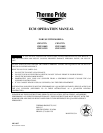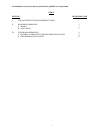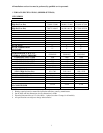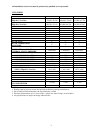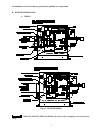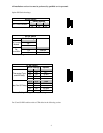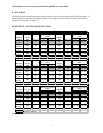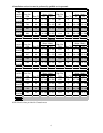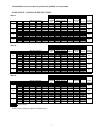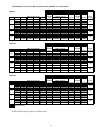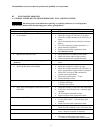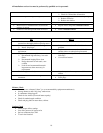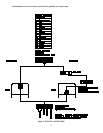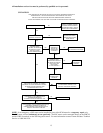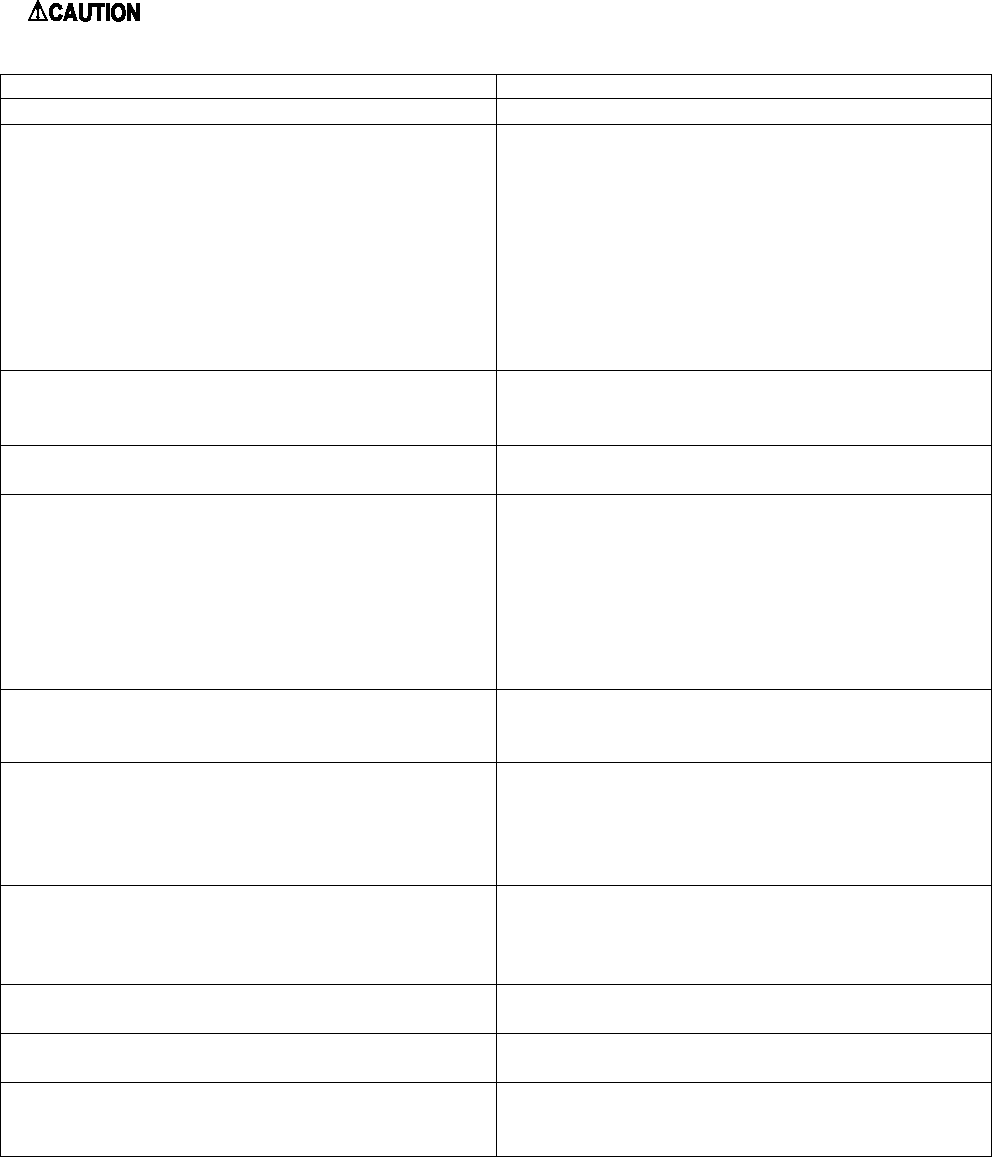
All installations and services must be performed by qualified service personnel.
9
III. ECM TROUBLE SHOOTING
A. GENERAL GUIDELINES TO TROUBLESHOOTING ECM – DRIVEN SYSTEMS
: Disconnect power from unit before removing or replacing connectors, or servicing motor.
Wait at least 5 minutes after disconnecting power before opening motor.
SYMPTOM
CAUSE/PROCEDURE
Motor rocks slightly when starting
• This is normal start-up for ECM
Motor won’t start
• No movement
• Check power at motor
• Check low voltage (24 VAC R to C) at motor
• Check low voltage connections (G,Y,W,R,C,) at
motor
• Check for unseated pins in connectors on motor
harness
• Test with a temporary jumper between R – G
• Check motor for tight shaft
• Perform motor/control replacement check
• Run Moisture Check
• Motor rocks, but won’t start
• Check for loose or compliant motor mount
• Make sure blower wheel is tight on shaft
• Perform motor/control replacement check
Motor oscillates up & down while being tested off
of blower
• It is normal for motor to oscillate with no load on
shaft.
Motor starts, but runs erratically
• Varies up and down or intermittent
• Check line voltage for variation or “sag”
• Check low voltage connections (G,Y,W,R,C,) at
motor, unseated pins in motor harness connectors
• Check “Bk” for erratic CFM command (in
variable speed applications)
• Check-out system controls – T’stat?
• Perform Moisture Check
• “Hunts” or “puffs” at high CFM (speed)
• Does removing panel or filter reduce “puffing”?
Reduce restriction
Reduce max airflow
• Stays at low CFM despite system call for cool or
heat CFM
• Check low voltage (T’stat) wires and connections
• Verify fan is not in delay mode – wait until delay
complete
• “R” missing/not connected at motor
• Perform motor/control replacement check
• Stays at high CFM
• “R” missing/not connected at motor
• Is fan in delay mode? – wait until delay time
complete
• Perform motor/control replacement check
• Blower won’t shut off
• Current leakage from controls into G,Y or W?
Check for Triac switched t’stat or solid state relay
Excessive noise
• Determine if it’s air noise, cabinet, duct or motor
noise – interview customer, if necessary
• Noisy blower or cabinet
• Check for loose blower housing, panels, etc.
• High static creating high blower speed?
Check for air whistling thru seams in ducts,



